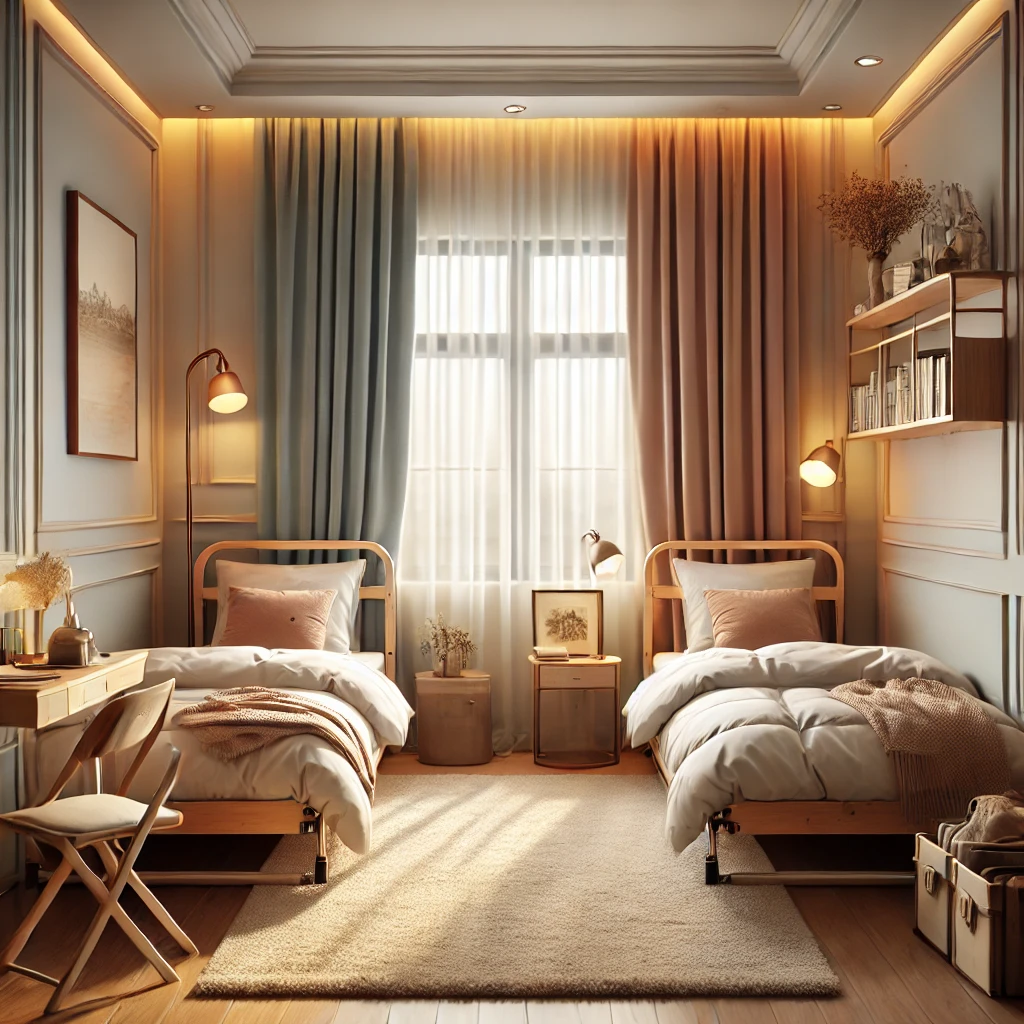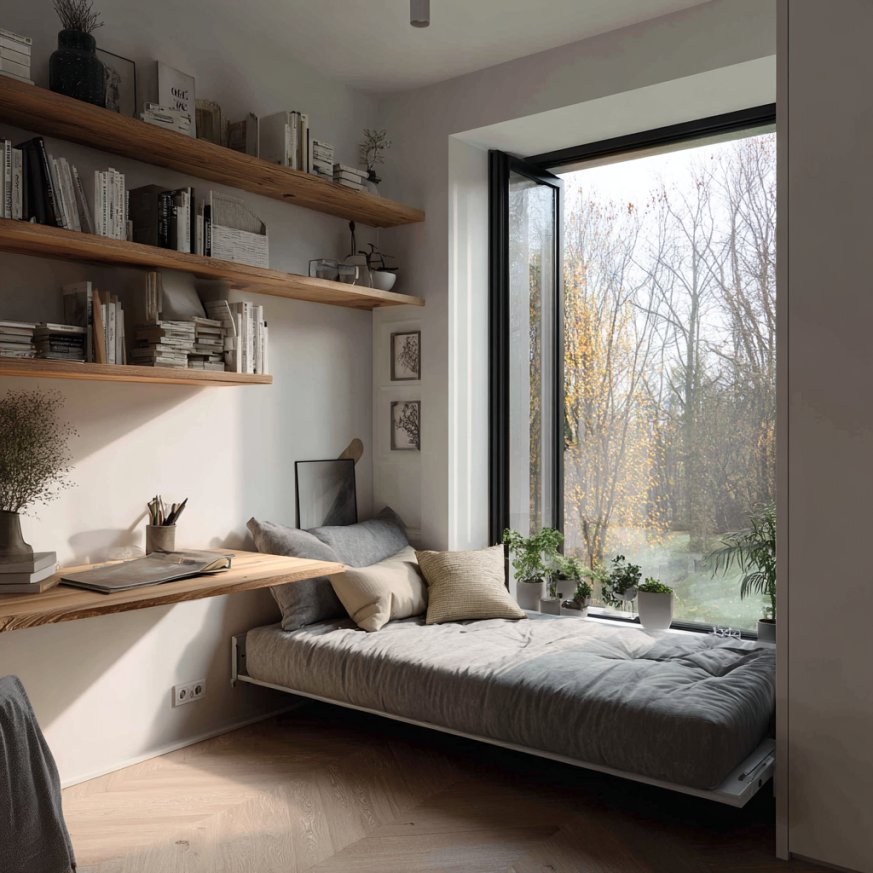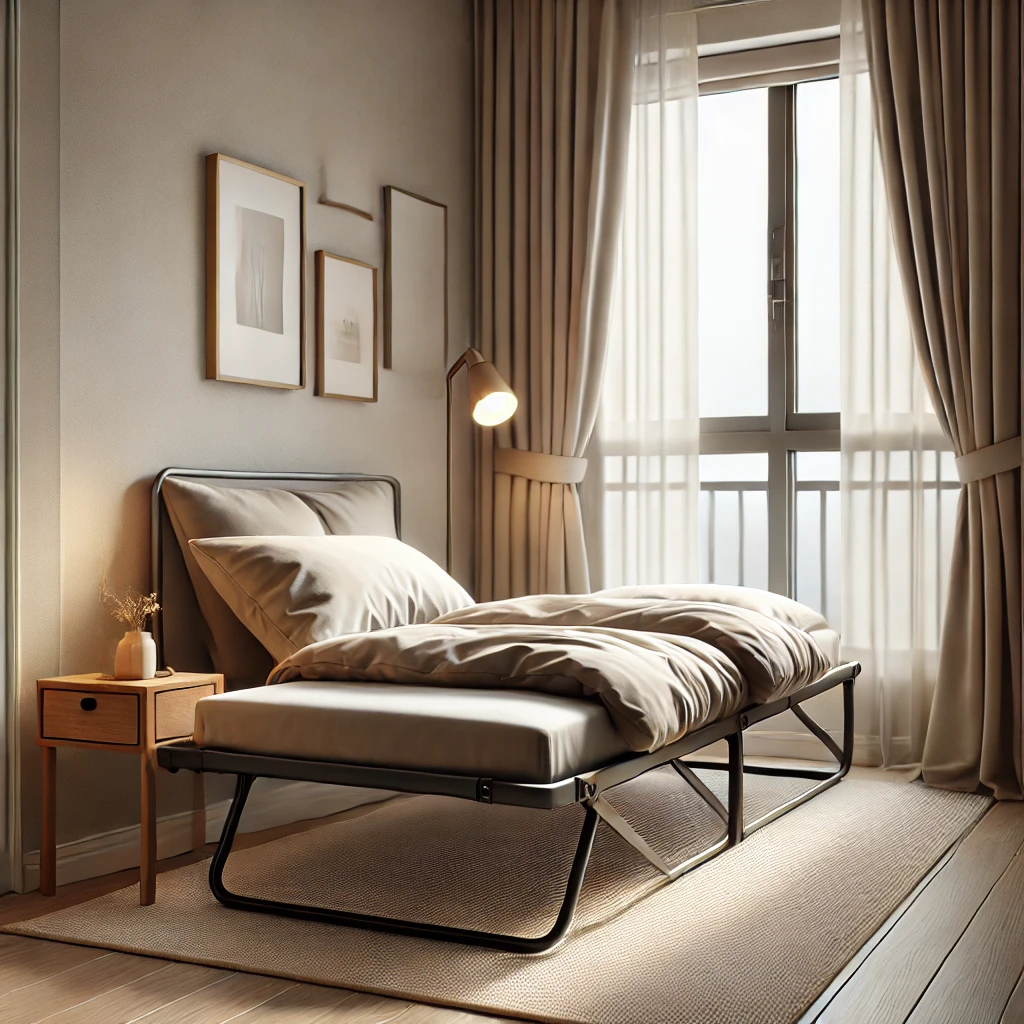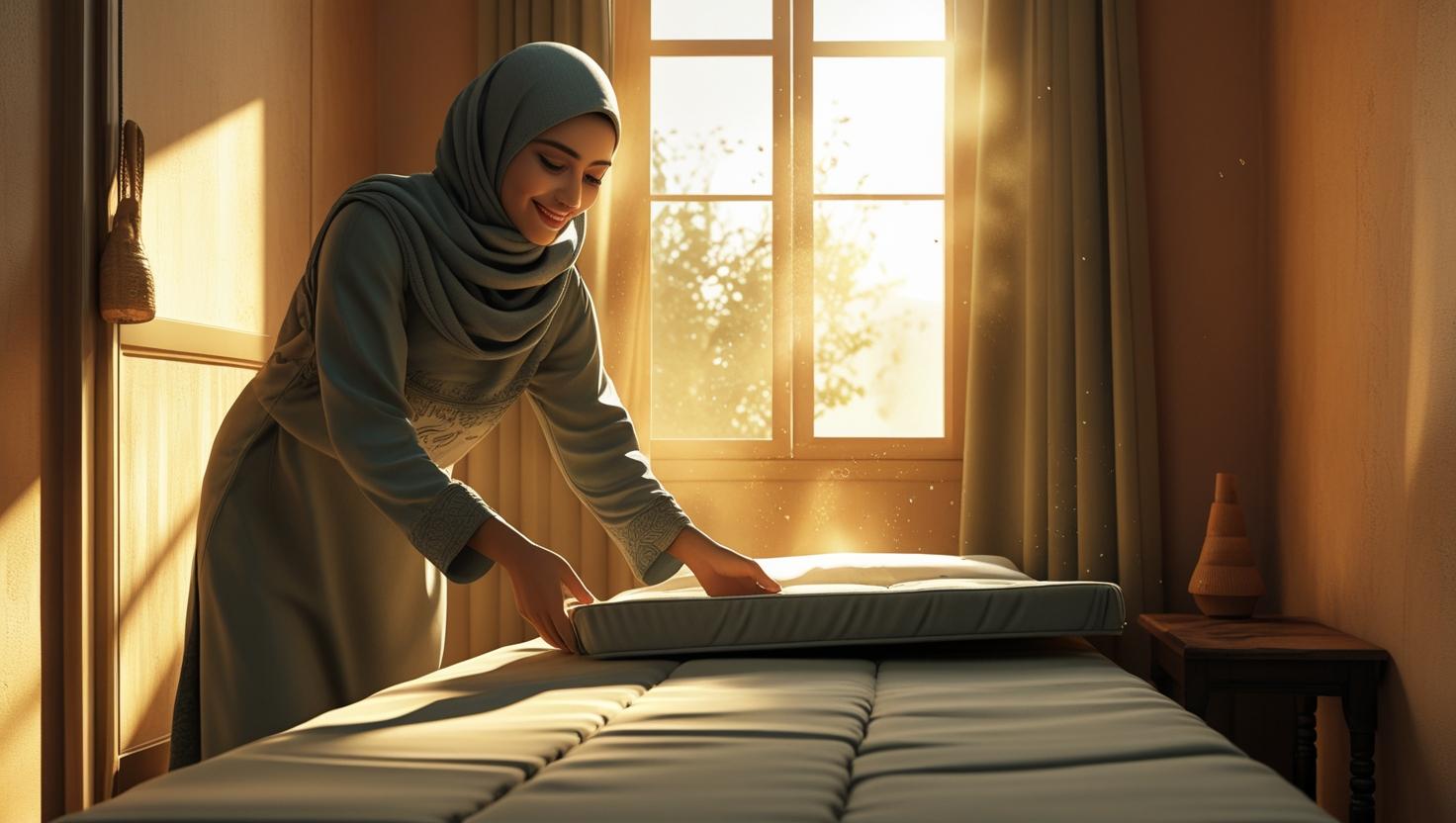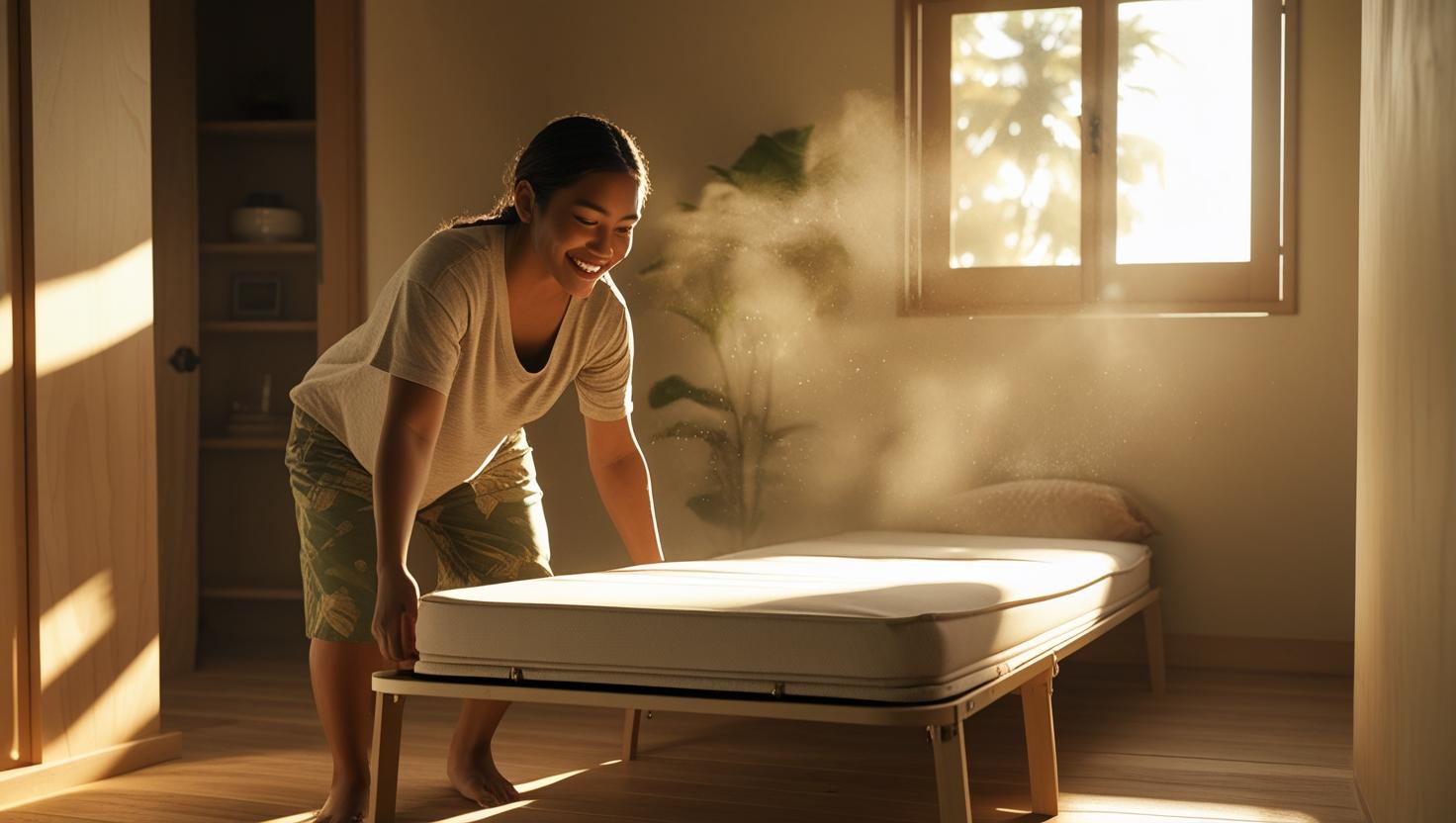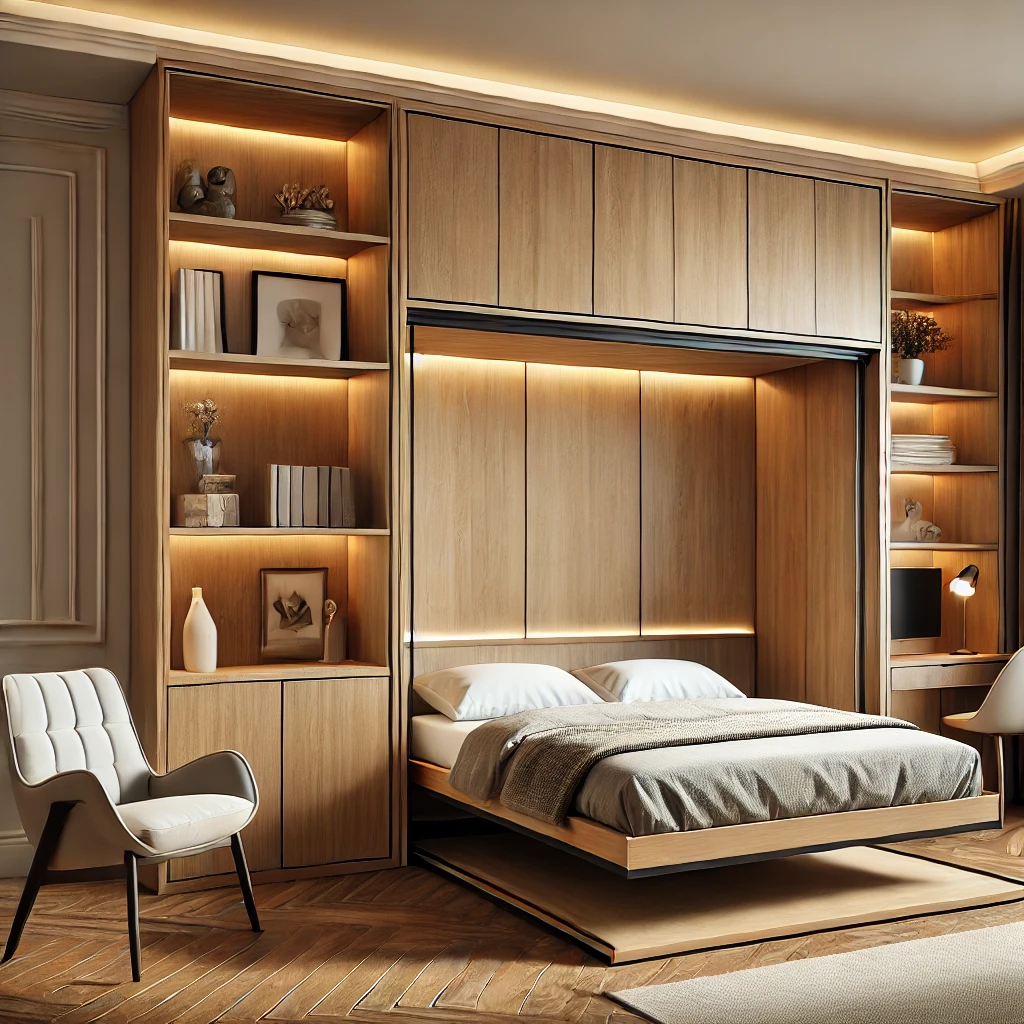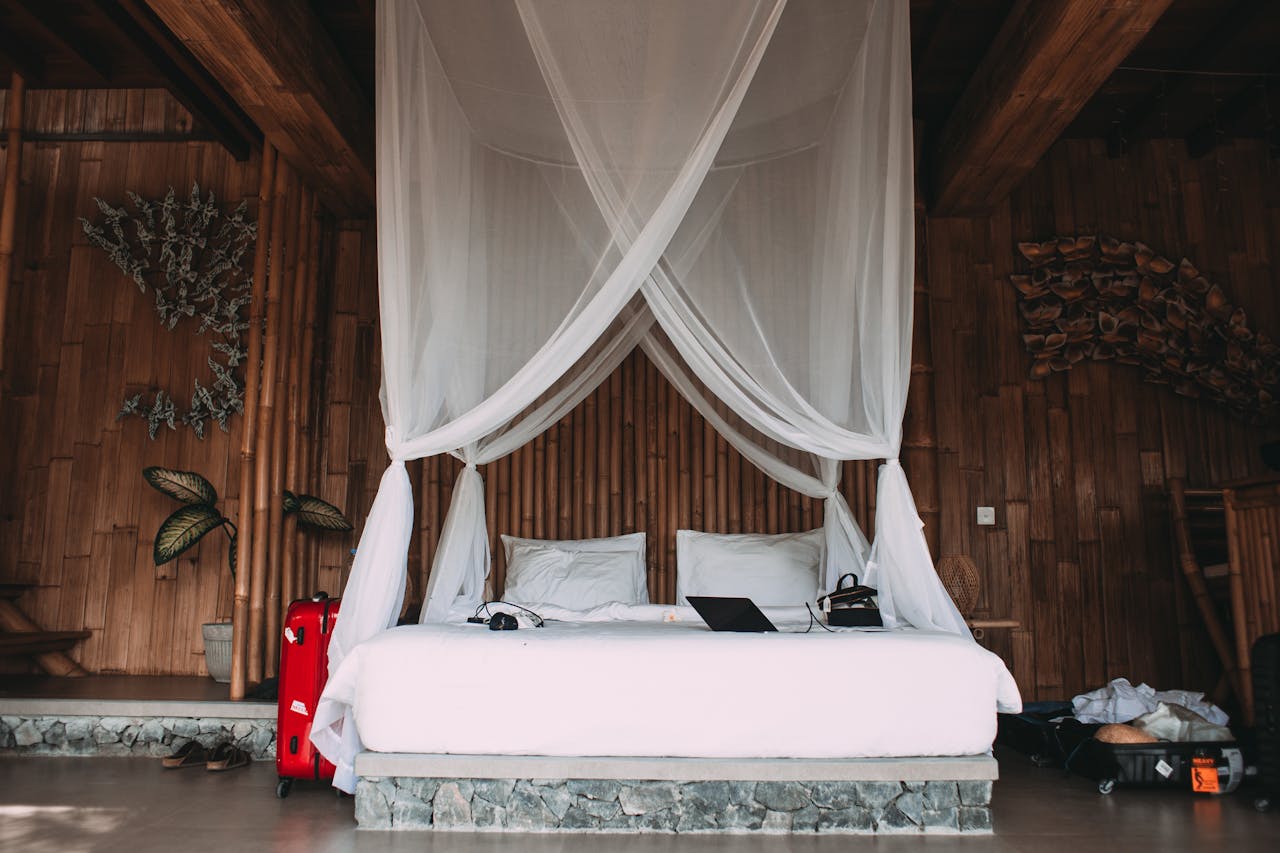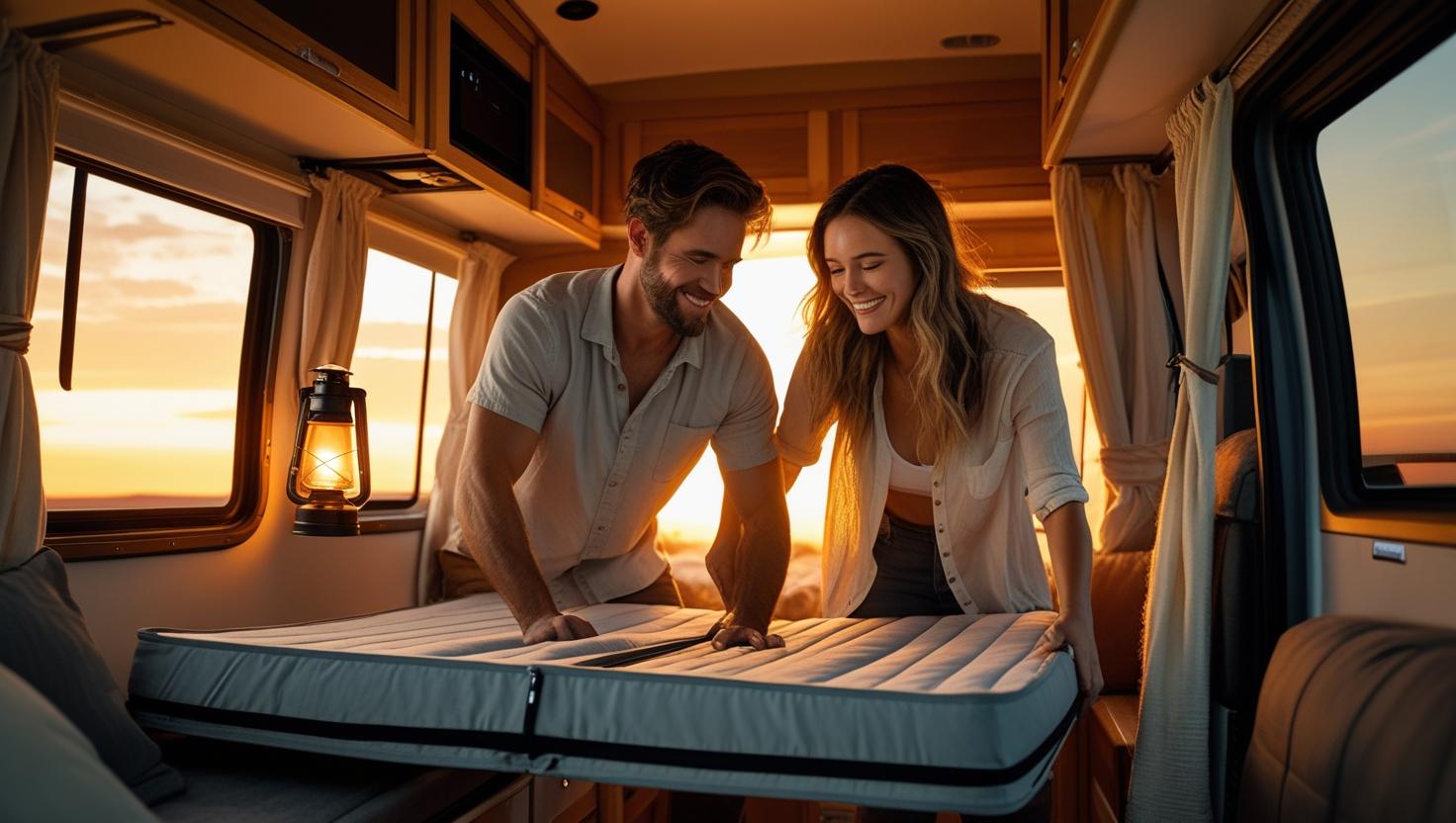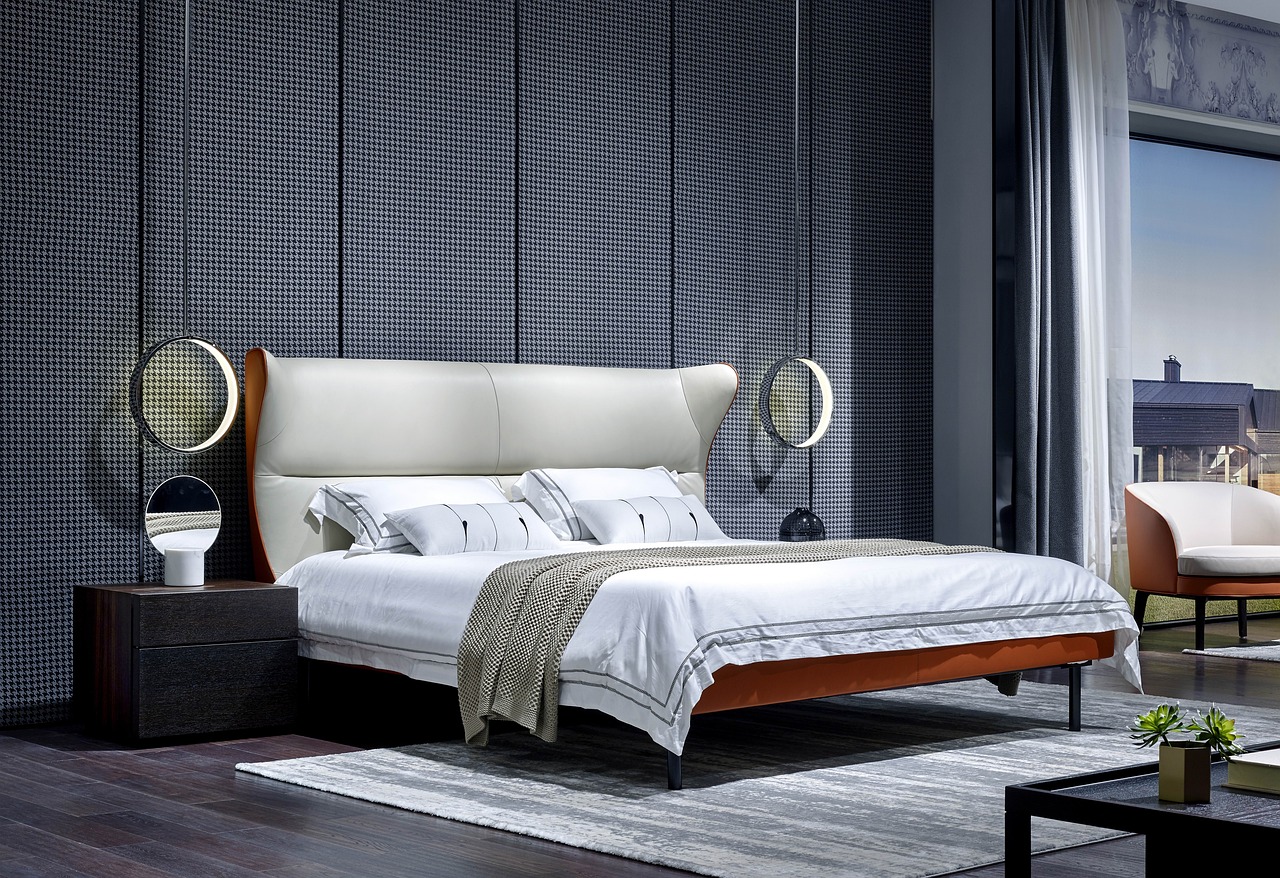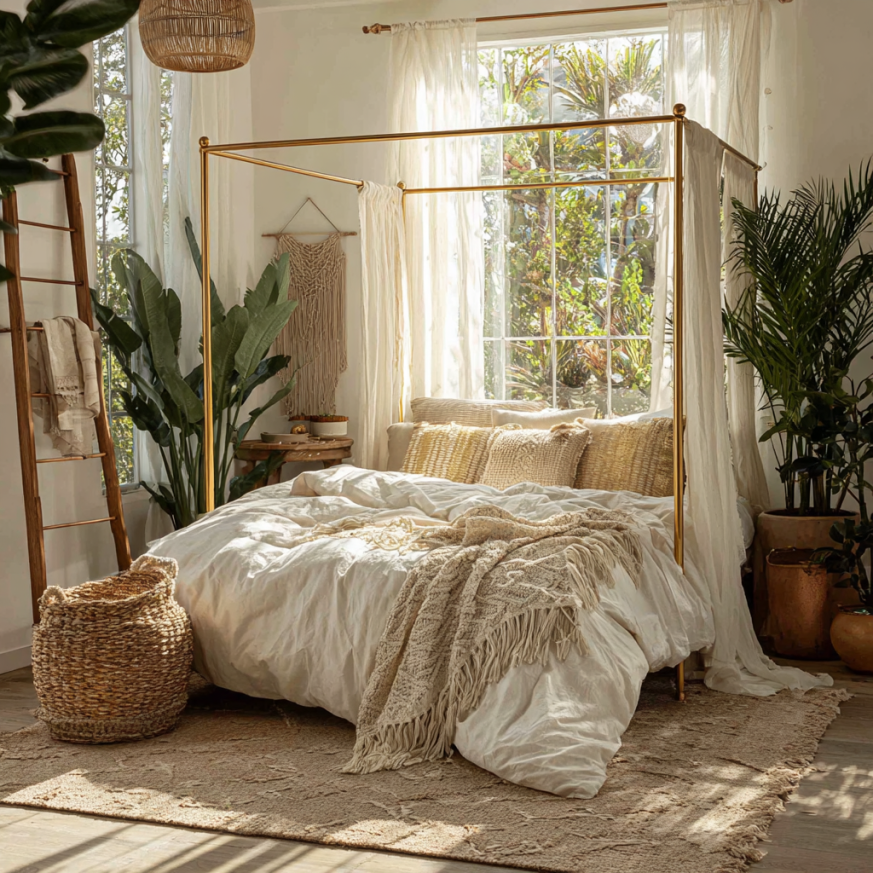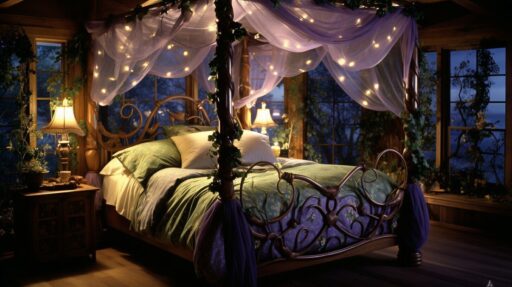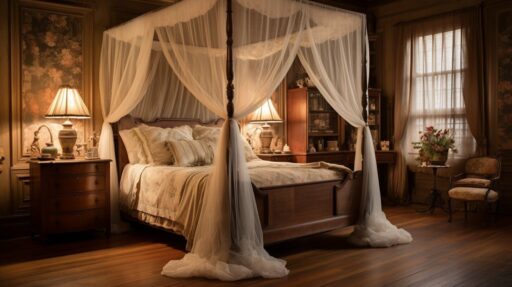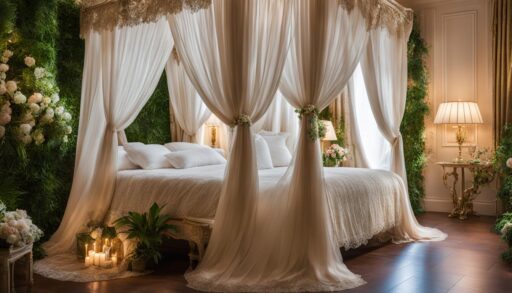Folding Twin Bed: 7 Must‑Know Tips for Stylish Comfort & Space‑Saving
Looking for a clever way to fit a cozy sleeping spot into your guest room, home office, or small apartment? A folding twin bed offers space‑saving comfort, style, and versatility, making it a smart solution for everyday life.
Key Takeaways
- A folding twin bed combines compact design with real mattress comfort.
- Look for mattress thickness, frame durability, and ease of setup when choosing.
- Compared to trundle beds and folding couch beds, folding twin beds offer great space efficiency without sacrificing sleep quality.
- Perfect for occasional overnight guests, small rooms, dorm spaces, or multipurpose rooms.
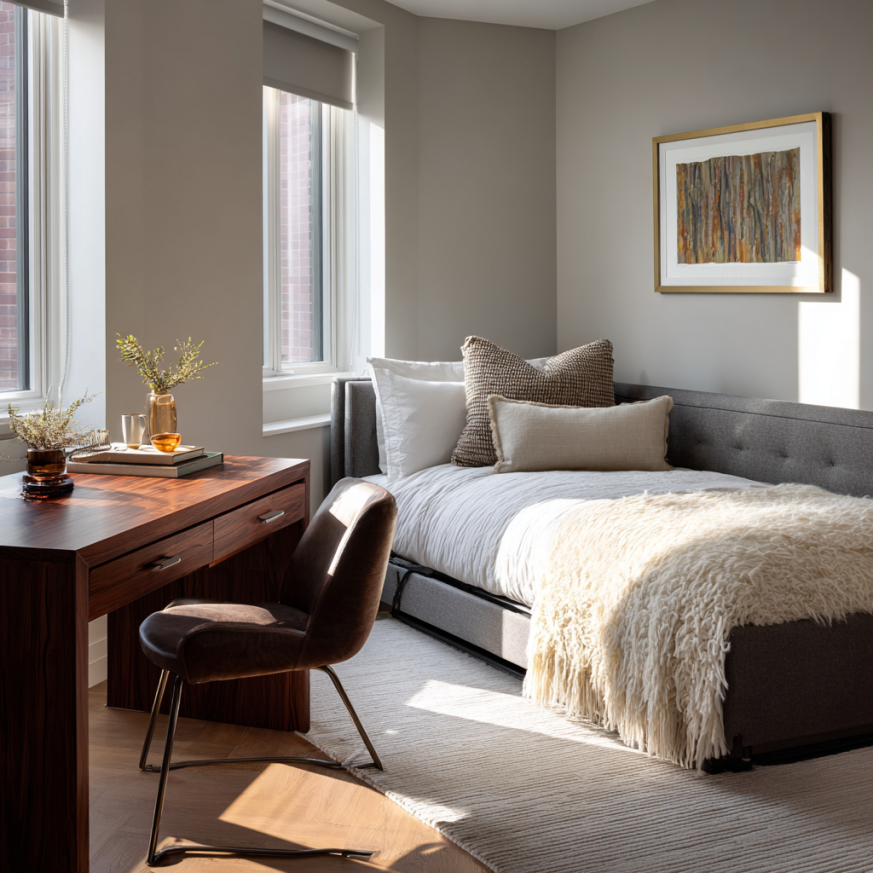
What Is a Folding Twin Bed
A folding twin bed is essentially a twin‑size mattress attached to a foldable frame that can collapse for storage when not in use. It blends the portability of a folding cot with the comfort of a real mattress—no more thin pads on the floor.
Users appreciate folding twin beds for their:
- Compact footprint when folded—ideal for tight spaces.
- Quick setup: just unfold and lock the frame in place.
- Real mattress support that beats thick camping pads.
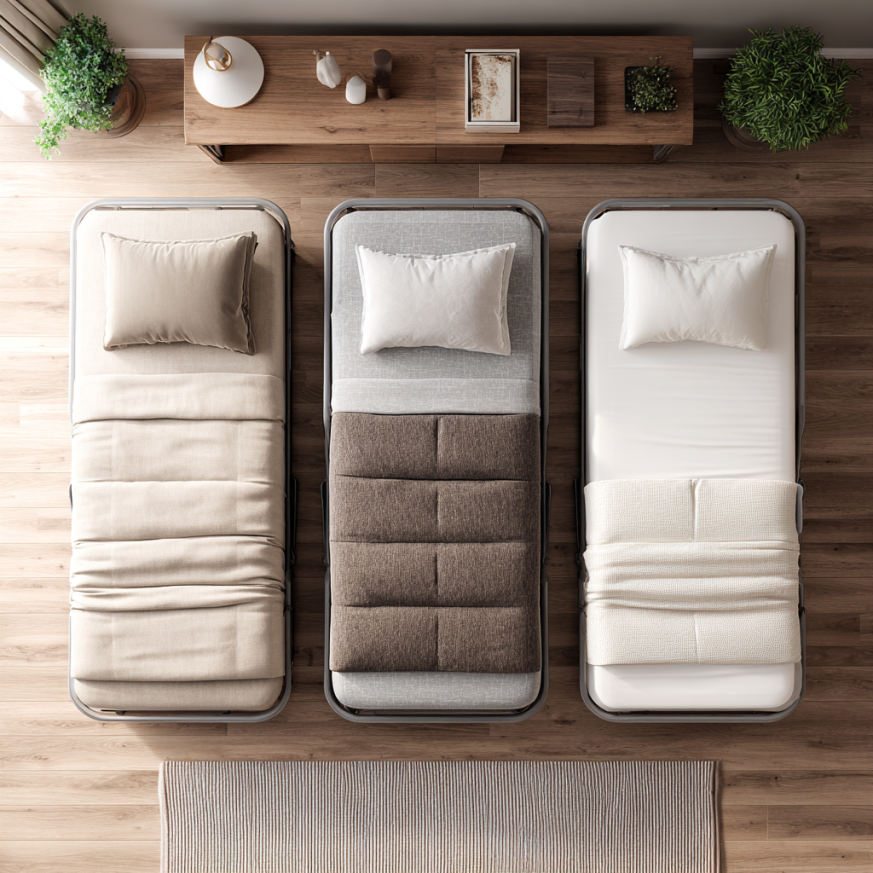
Top Benefits of a Folding Twin Bed
1. Space‑Saving and Easy to Store
Folding twin beds fold up neatly against a wall or under a bed, freeing up floor space in your guest room, office, or studio apartment. For homes with limited space, this flexibility is a game‑changer.
2. Real‑Mattress Comfort
Unlike traditional folding cots or futons, many folding twin beds come with thick foam or hybrid mattresses. That means better support and more restful sleep for your guests—or for you on movie nights!
3. Quick Setup & Portability
Most models open and lock in place within minutes, with or without tools. Some even come with wheels for rolling from room to room. Plus, folding back up is just as fast, making guest setup a breeze.
When you break it down, a folding twin bed gives you real comfort in a small package, with setup so simple you won’t dread using it.
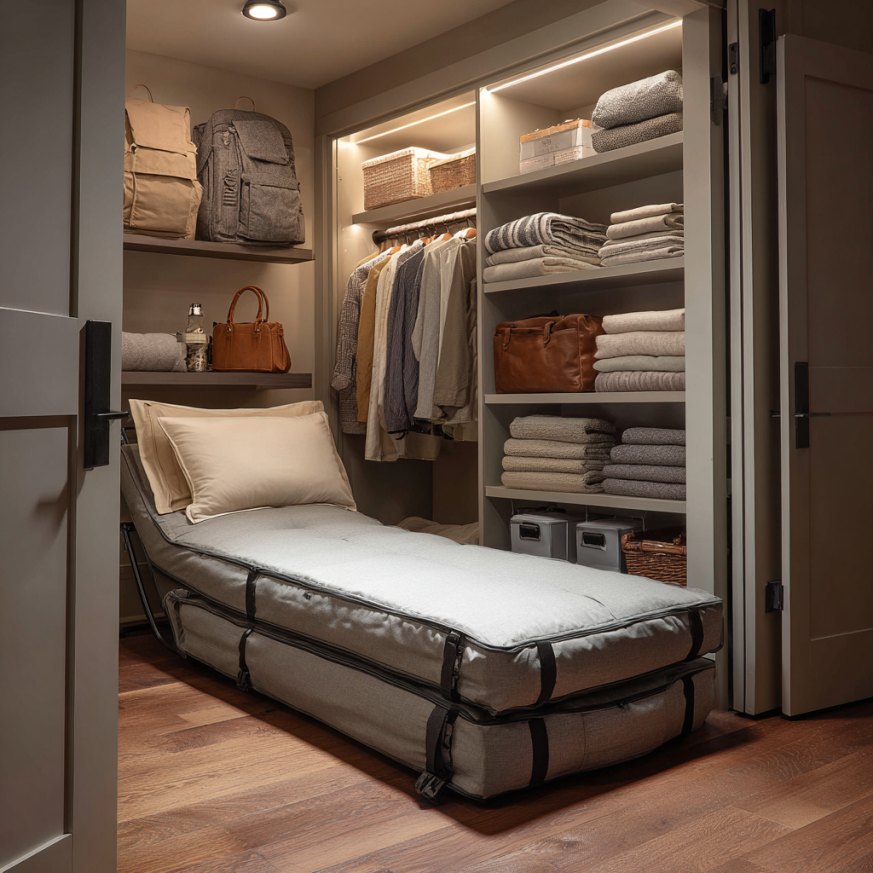
How to Choose the Right Folding Twin Bed
- Mattress Type & Thickness
Choose at least a 4‑ to 6‑inch thick foam or innerspring mattress for good night sleep. - Frame Quality & Weight Capacity
Steel frames (powder‑coated or epoxy finished) offer durability; ensure at least 250–300 lb capacity. - Foldability & Storage Size
Compare folded dimensions to your storage space—like under the bed, closet, or behind a sofa. - Portability
Wheels or casters help with moving; lighter frames are easier to carry. - Included Accessories
Some units include covers, storage bags, or even a headboard pad. - Customer Reviews & Brand Reputation
Always peek at verified-user reviews and trust brands known for comfort and durability.
For deeper evaluation of mattress options, see in-depth guidance at Sleep Foundation and EachNight—both excellent for sleep insights and mattress comparisons.
Best Options Compared
| Model / Variant | Mattress Thickness | Folded Size | Key Feature |
|---|---|---|---|
| Classic Folding Twin Bed w/ Foam Mattress | 5″ memory foam | 40″ × 14″ × 5″ | Ultra‑compact and simple roll‑up |
| Steel Rollaway Twin Bed w/ Innerspring | 5 – 6″ coil mattress | 45″ × 15″ × 6″ | Wheels for mobility, hotel‑style feel |
| Combo Folding Twin Bed C/W Storage Bag | 4″ high‑density foam | 36″ × 12″ × 4″ | Lightweight and portable with carry bag |
Quick Answer
A folding twin bed is a space-efficient, portable twin mattress bed that unfolds quickly and stores compactly. Ideal for guests or small living spaces, it combines real mattress comfort with effortless storage and setup.
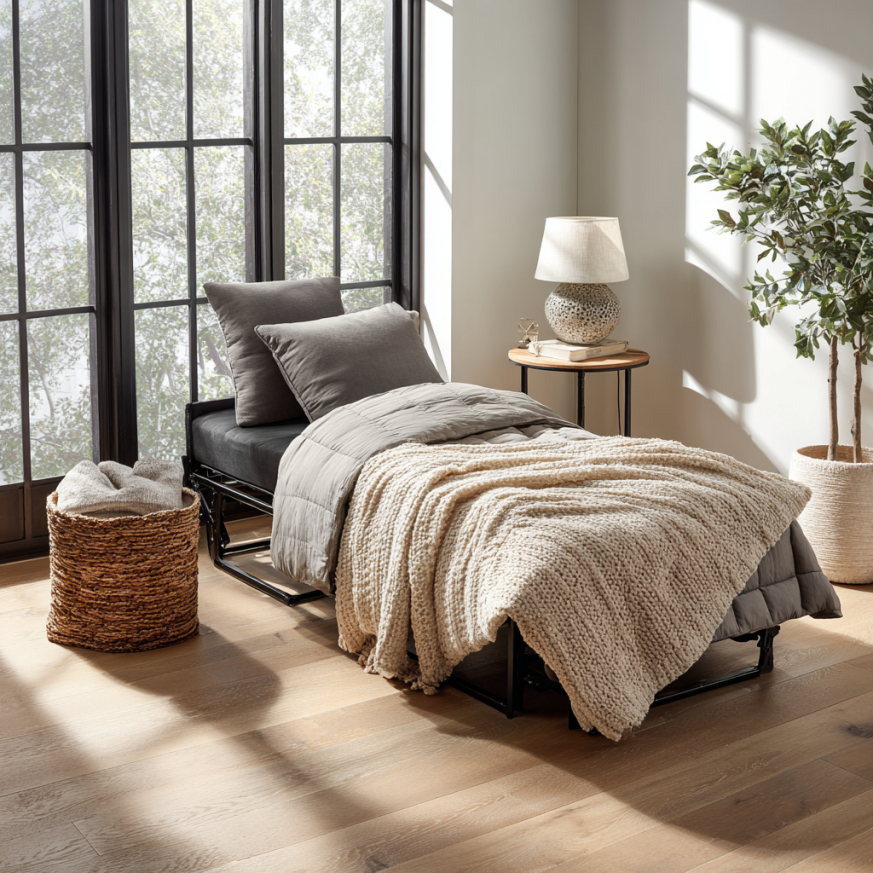
FAQ
- What’s the difference between a folding twin bed and a folding cot?
- A folding cot usually has a thin strip‑style pad and looks more like camping gear. A folding twin bed uses a real mattress—foam or innerspring—for better sleep quality.
- Is a folding twin bed comfortable for long‑term use?
- It’s best suited for short‑term or occasional sleeping—like guests or overnight stays—but a good foam or innerspring version can feel supportive for several nights in a row.
- Can a folding twin bed fit through narrow doorways or hallways?
- Yes! They’re designed to fold very compactly—often under 15 inches wide when folded—so they’re easy to navigate through tight spaces.
- How do I clean or maintain the mattress?
- Check if the mattress has a removable washable cover. Spot‑clean spills with mild detergent, flip or rotate foam periodically, and store in a dry area to prevent mold.
- The Spruce: Tips on guest room decor and sleeping essentials.
- Architectural Digest: Stylish small‑space design ideas.
- Sleep Foundation: Mattress materials, pressure relief, and support research.
- Best Trundle Beds: Space-saving twin alternatives.
- Guest Room Ideas: Optimizing comfort in compact rooms.

